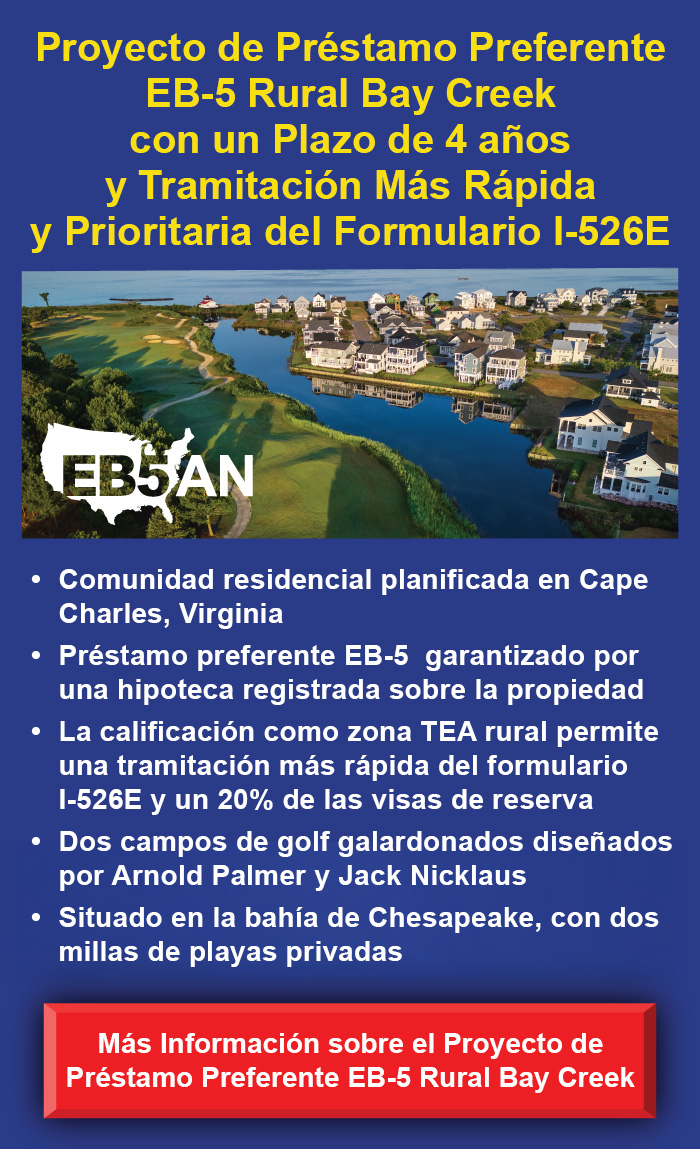The COVID-19 pandemic, which has shut down life in countries all over the world and ravaged economies from Europe to Asia, hasn’t been able to stop the EB-5 Immigrant Investor Program. Even in the midst of the worst pandemic since 1918, United States Citizenship and Immigration Services (USCIS) has continued to adjudicate I-526 petitions and other EB-5 applications. The pandemic also doesn’t stop prospective investors from pursuing new EB-5 applications.
It’s not as though the EB-5 program has been completely unaffected by the pandemic—it has certainly undergone various changes. While some EB-5 investors are relatively unaffected, some are severely affected. More specifically, since U.S. embassies and consulates around the globe remain closed as of June 15, 2020, EB-5 investors who live abroad are unable to schedule visa appointments and thus cannot claim their EB-5 visas. Conversely, domestic investors are still able to receive their EB-5 visas by filing an I-485 petition to change their immigration status. Around the world, new EB-5 investors are also looking into the process to begin their own EB-5 investment.
Plan Out Your EB-5 Investment
Careful planning is vital in the EB-5 process. There are many different types of EB-5 projects, and you must determine what works best for you. Are you only able to invest in a targeted employment area (TEA) project with the lower minimum required investment amount of $900,000, or can you also invest the higher minimum amount of $1.8 million? Do you prefer direct investment, which allows you to retain more control over your funds, or would you rather invest through a regional center, which grants you more freedom and offers loosened requirements for job creation? The best way to approach these questions is to speak with an immigration attorney. While face-to-face meetings may be unfeasible during the pandemic, prospective investors can consult with immigration lawyers using video call applications such as Zoom or Skype.
Determine Whether You Meet the EB-5 Requirements
While the EB-5 program is open to foreign nationals from all countries, investors must meet certain program requirements to qualify. One of the most important is an investment that meets or exceeds the minimum required investment amount—$1.8 million or $900,000, depending on TEA status. If you don’t have the necessary liquid funds available, you may need to sell some assets, which could be a challenge during the pandemic.
However, simply having enough money isn’t sufficient—you must also demonstrate that you obtained your funds through legal sources. This requirement can prove difficult for some investors, depending on the types of EB-5 capital they have chosen. To determine the easiest funds to trace, consult with an immigration attorney.
Decide How Much ROI You Want
Generally, investors participate in the EB-5 program to obtain a U.S. green card and don’t mind if they don’t earn a high return on investment (ROI). Such investors should target EB-5 projects with low immigration risk, which is what regional centers specialize in. Projects affiliated with a regional center enjoy a relaxed EB-5 job creation requirement, making it easier to fulfill the EB-5 requirements to obtain a U.S. green card.
Other investors do care about the ROI on their EB-5 investment. If such investors also have extensive managerial talent and experience, direct investment in an EB-5 project may make more sense for them. Investors who invest directly in an EB-5 project are required to engage in the day-to-day management of the new commercial enterprise (NCE), which gives them more control over their funds and gives them the chance to earn more on their investment.
Carefully Vet Prospective Investment Projects
Use your time confined at home productively and conduct careful due diligence on your prospective EB-5 investment projects. You won’t be able to fly out to the project site until countries reopen their borders, but you can read through a project’s papers to assess immigration and financial risk. This is also a good opportunity to look into the track records of the project developer and regional center associated with a given project. When conducting due diligence on a regional center, make sure to examine their track record of approved I-526 and I-829 petitions and how reliable they have been in returning investors’ capital.
An easy way to conduct due diligence from the safety of your own home is EB5AN’s EB-5 Project Risk Assessment Questionnaire. The questionnaire is highly detailed to allow for a thorough examination of a project’s documentation, but its skillful design simultaneously makes it easy to use. It’s a great way to help you determine whether investing in a given EB-5 project is a good idea.


